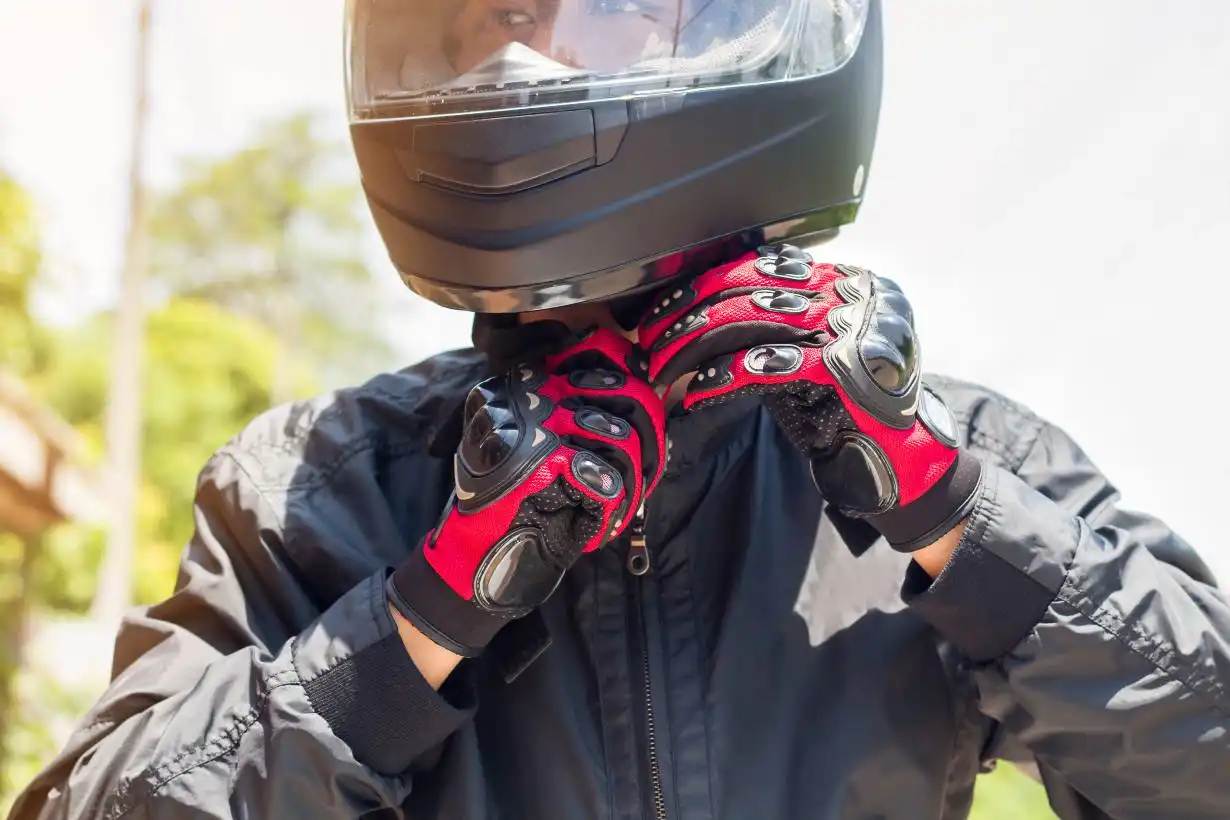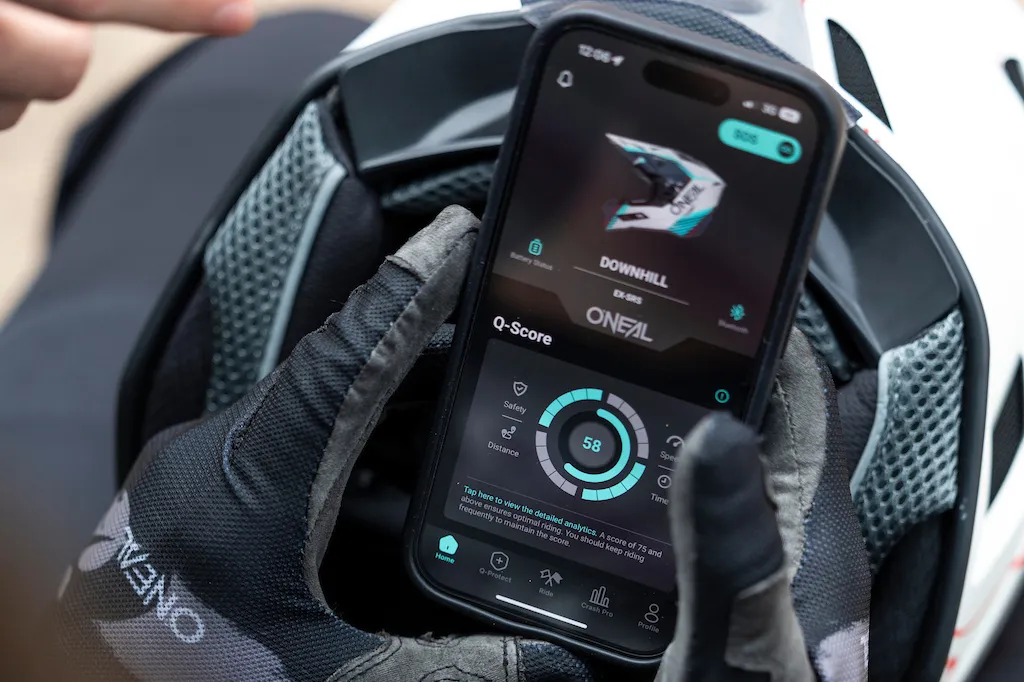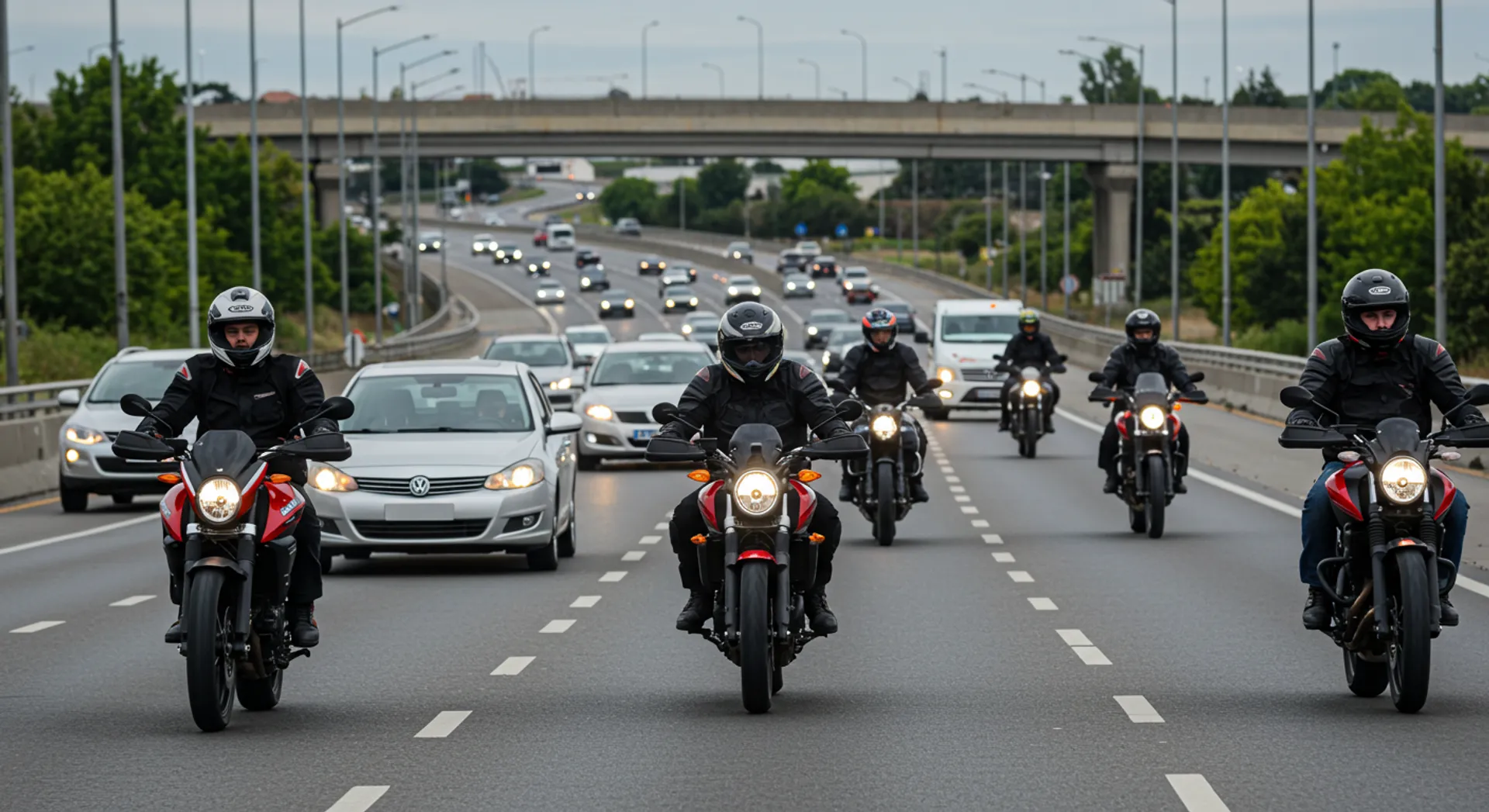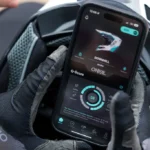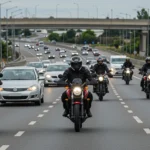Motorcycle riding is an exhilarating experience, offering freedom and excitement on the open road. However, with the thrill of riding comes the inherent risk of accidents. Unlike enclosed vehicles, motorcycles provide little protection in the event of a crash. That’s why wearing the right protective gear is crucial—not just for comfort, but for your safety and survival.
In this blog post, we’ll explore how wearing protective gear can save your life in a motorcycle accident, why it’s essential, and what gear you should never ride without.
1. The Vulnerability of Motorcycle Riders
Motorcycle riders are more vulnerable than drivers of other vehicles because they lack the structural protection of a car, like a steel frame and airbags. In a crash, riders are exposed to the elements and any potential impact, making them more susceptible to serious injuries, including broken bones, head trauma, road rash, and internal injuries.
According to the National Highway Traffic Safety Administration (NHTSA), motorcyclists are 28 times more likely to be involved in a fatal crash than passenger car occupants per mile traveled. These statistics highlight the importance of wearing protective gear to reduce the risk of severe injury.
2. How Protective Gear Minimizes Injury Risks
The right gear can make all the difference in how your body absorbs the impact of a crash. Here’s a breakdown of how each piece of protective gear helps reduce the severity of injuries:
Helmets: The Most Critical Piece of Gear
Wearing a helmet is the single most important thing you can do to protect yourself in a motorcycle accident. A well-fitting helmet absorbs the impact during a crash, protecting your skull and brain from traumatic injuries.
-
Head Protection: Helmets can prevent fatal head injuries and significantly reduce the risk of concussions, skull fractures, and brain trauma.
-
Face Shields: Full-face helmets provide additional protection to your face, which can prevent cuts, bruises, and eye injuries caused by debris or impact.
In fact, studies show that wearing a helmet can reduce the risk of fatal injury by up to 37% and non-fatal injuries by up to 69%.
Jackets, Pants, and Suits: Body Protection
Motorcycle jackets and pants made from leather or advanced textiles (like Kevlar) provide critical protection against road rash, cuts, and bruising. These garments are designed to protect you from abrasions and impact injuries that can occur if you’re thrown from your bike.
-
Jackets and Pants: These are designed to resist abrasion in the event of a slide, helping prevent severe road rash and reducing skin damage.
-
Armor Inserts: Many jackets and pants come with armor padding on the elbows, shoulders, hips, and knees, absorbing impact during a fall and helping to protect against broken bones and other injuries.
Gloves: Protect Your Hands and Fingers
Your hands are one of the first parts of your body to make contact with the ground during a fall. Wearing gloves made of durable materials like leather or armored textile can protect your hands, wrists, and fingers from abrasions, fractures, and sprains.
-
Protection Against Fractures: Well-padded gloves help minimize the risk of fractures in your hands and wrists.
-
Grip and Control: Gloves also offer better grip and control of the bike, which can prevent accidents in the first place by reducing slippage in various weather conditions.
Boots: Lower Body Protection
Your feet and ankles are incredibly vulnerable in a motorcycle crash. A good pair of motorcycle boots can protect these areas from abrasions, fractures, and more serious injuries.
-
Ankle Support: Boots provide ankle support, helping to prevent sprains and fractures during a fall.
-
Shin and Toe Protection: Quality motorcycle boots offer shin protection and toe reinforcement, reducing the risk of injury in these vulnerable areas.
Boots made from sturdy, abrasion-resistant materials also protect you from burns, cuts, and abrasions that may occur if your foot comes into contact with hot surfaces like the engine or pavement.
Neck Braces: Protecting Your Spine and Neck
While helmets protect your head, neck braces provide additional support to your neck and spine. In the event of an accident, neck braces can prevent serious spinal injuries by reducing the risk of whiplash and neck fractures.
-
Neck Protection: A neck brace can limit excessive movement of the neck and spine, which can reduce the likelihood of a neck injury in a crash.
-
Spinal Support: Neck and back support from protective gear can prevent severe spinal cord injuries and help you recover faster if an accident does occur.
3. What Happens Without Protective Gear?
Without protective gear, the consequences of a motorcycle accident can be devastating. According to the Motorcycle Safety Foundation, nearly 80% of all motorcycle accidents result in some form of injury, and around 20% of motorcyclists involved in accidents suffer fatal injuries.
-
Road Rash: Without appropriate clothing, you are more likely to suffer severe abrasions when sliding on the pavement. Road rash can cause painful, long-term scarring and may require multiple surgeries to treat.
-
Head Injuries: Without a helmet, your skull is unprotected in the event of a fall. Even a minor accident can lead to serious concussions, brain injuries, or death.
-
Fractures and Broken Bones: Without armor and sturdy protective gear, you’re more likely to suffer broken bones and fractures in your arms, legs, or ribs.
4. The Legal and Financial Implications of Not Wearing Gear
In addition to the physical risks, not wearing protective gear can have legal and financial consequences. In some states, riders may face fines or penalties for not wearing a helmet, and in the case of an accident, lack of protective gear can impact your injury claim.
Insurance companies may also argue that your injuries were more severe than they would have been if you had been wearing the proper gear, potentially reducing your compensation or denying your claim altogether.
5. Conclusion: Gear Up for Your Safety
The importance of wearing protective gear while riding a motorcycle cannot be overstated. Helmets, jackets, gloves, boots, and neck braces are essential in minimizing the risk of injury and death in the event of an accident. Not only does protective gear protect you physically, but it also ensures a safer and more enjoyable ride.
When you’re riding, always remember: your safety is worth the investment. Don’t skimp on gear—your life could depend on it.
